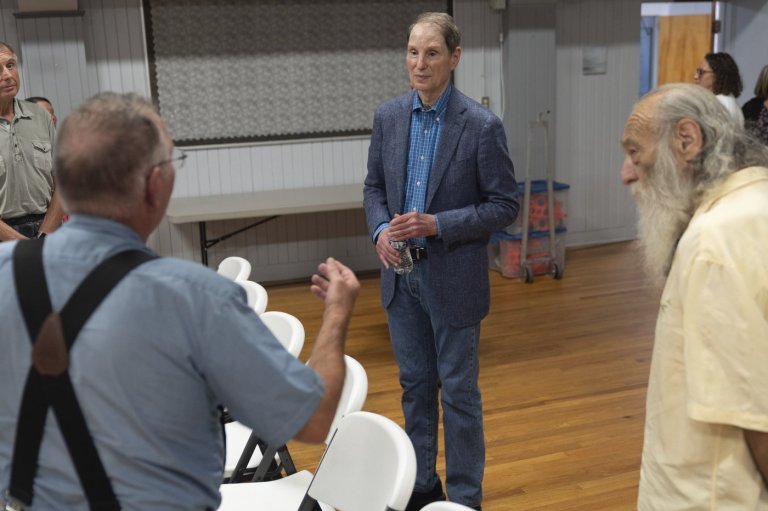Feds to appoint special adviser on border crossing challenges for First Nations
OTTAWA – The federal government will appoint a special ministerial representative to look at border crossing issues faced by First Nations.
In a joint letter written in response to a Senate committee study, Indigenous Affairs Minister Carolyn Bennett, Immigration Minister John McCallum and Public Safety Minister Ralph Goodale say the adviser and First Nations will discuss significant and complex challenges.
The letter said the resolution of these issues will require a “horizontal approach” involving several departments and agencies.
“This will be necessary in order for the government of Canada to arrive at workable and sustainable solutions that facilitate the ability of First Nation community members to cross the U.S.-Canada border and, at the same time, take into consideration issues such as status, international sovereignty and security,” it said.
The results of the discussions between the representative and First Nations will shape the work of an interdepartmental committee of senior officials, the ministers said, adding it will be done in keeping with the government’s commitment to foster a nation-to-nation relationship with indigenous peoples.
The Senate committee on aboriginal peoples, chaired by Sen. Lillian Dyck, outlined border crossing issues in its June report.
It noted First Nations believe they should be able to freely cross the Canada-U.S. border, citing a right conferred on them in the 1794 Jay Treaty between Britain and the U.S.
Dyck said Friday she is keen to see who will be named as the special adviser.
“I was pleased to see the minister is going to appoint a special representative,” she said. “She (Bennett) hasn’t actually named someone yet and I’m assuming the naming of the actual person will presumably come soon.”
The committee listed some possible solutions, she said, noting it would seem reasonable for people who cross the border regularly to do so more quickly.
“For example, we used the example of the Nexus card,” Dyck said. “Instead of having to stand in line, you would have a shorter line you could go to, to get through that line more quickly.”
—Follow @kkirkup on Twitter
Join the Conversation!
Want to share your thoughts, add context, or connect with others in your community? Create a free account to comment on stories, ask questions, and join meaningful discussions on our new site.




















Leave a Reply
You must be logged in to post a comment.